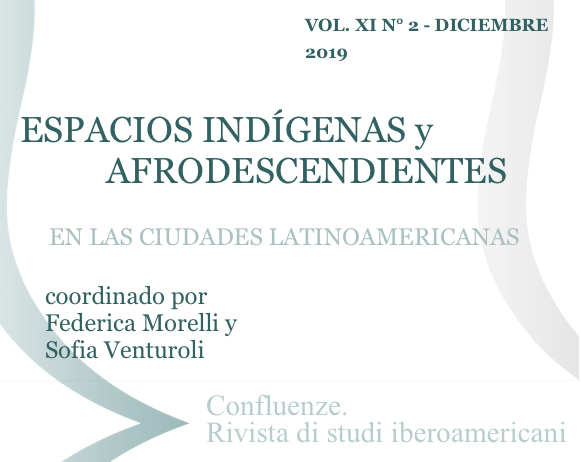La tía Julia y el escribidor: retrato del artista adolescente
DOI:
https://doi.org/10.6092/issn.2036-0967/10277Palavras-chave:
Mario Vargas Llosa, aunt Julia, fiction theory, contemporary narrative, autobiographismResumo
There are works that carry in themselves the germ of writing; they can draw, in an almost metaliterary game, the theoretical framework and the poetics of the author. This article aims to analyze the evolution of the narrative writing of Mario Vargas Llosa starting from one of his first novels, Aunt Julia and the writer. Although very successful, it has been unfairly considered as a secondary novel within his vast production. The book, however, contains several autobiographical and theoretical elements which are the key to understand the writing process of the author and the idea of novel of the Peruvian-Hispanic writer.
Downloads
Publicado
Como Citar
Edição
Seção
Licença
Copyright (c) 2019 José Belmonte Serrano, Marco Succio
Os direitos autorais e de publicação de todos os textos desta revista pertencem aos respectivos autores, sem restrições.
Esta revista é distribuída com a licença Creative Commons Atribuição 4.0 Internacional (código legal completa).
Veja também a nossa Open Access Policy.
Metadados
Todos os metadados do material publicado são liberados em domínio público e podem ser usados por qualquer pessoa gratuitamente. Isso inclui referências.
Os metadados, inclusive as referências, podem ser reutilizados em qualquer mídia sem permissão prévia, tanto para fins lucrativos quanto para fins não lucrativos. Solicitamos aos usuários que forneçam um link para o registro de metadados original.






